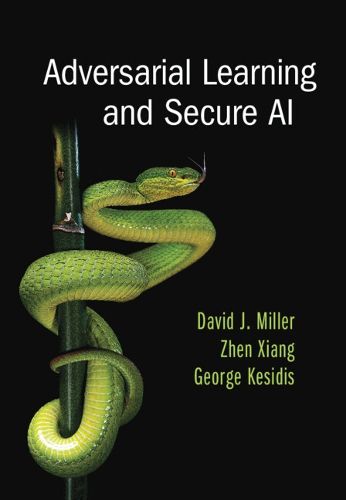Readings Newsletter
Become a Readings Member to make your shopping experience even easier.
Sign in or sign up for free!
You’re not far away from qualifying for FREE standard shipping within Australia
You’ve qualified for FREE standard shipping within Australia
The cart is loading…






Providing a logical framework for student learning, this is the first textbook on adversarial learning. It introduces vulnerabilities of deep learning, then demonstrates methods for defending against attacks and making AI generally more robust. To help students connect theory with practice, it explains and evaluates attack-and-defense scenarios alongside real-world examples. Feasible, hands-on student projects, which increase in difficulty throughout the book, give students practical experience and help to improve their Python and PyTorch skills. Book chapters conclude with questions that can be used for classroom discussions. In addition to deep neural networks, students will also learn about logistic regression, naive Bayes classifiers, and support vector machines. Written for senior undergraduate and first-year graduate courses, the book offers a window into research methods and current challenges. Online resources include lecture slides and image files for instructors, and software for early course projects for students.
$9.00 standard shipping within Australia
FREE standard shipping within Australia for orders over $100.00
Express & International shipping calculated at checkout
Providing a logical framework for student learning, this is the first textbook on adversarial learning. It introduces vulnerabilities of deep learning, then demonstrates methods for defending against attacks and making AI generally more robust. To help students connect theory with practice, it explains and evaluates attack-and-defense scenarios alongside real-world examples. Feasible, hands-on student projects, which increase in difficulty throughout the book, give students practical experience and help to improve their Python and PyTorch skills. Book chapters conclude with questions that can be used for classroom discussions. In addition to deep neural networks, students will also learn about logistic regression, naive Bayes classifiers, and support vector machines. Written for senior undergraduate and first-year graduate courses, the book offers a window into research methods and current challenges. Online resources include lecture slides and image files for instructors, and software for early course projects for students.